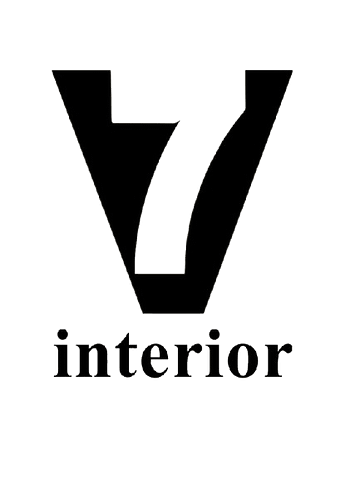In the fast-paced world of interior design, where aesthetics and functionality must go hand in hand, the role of 3D visualization has become increasingly crucial. This innovative technology not only enhances the design process but also improves client satisfaction and project efficiency. Here’s why 3D visualization is essential for any interior design company.

1. Bringing Ideas to Life
One of the primary benefits of 3D visualization is its ability to transform abstract concepts into tangible visuals. Instead of relying solely on sketches and mood boards, designers can create detailed three-dimensional models that accurately represent the proposed space. This allows clients to see how different elements—such as colors, textures, and furniture—will work together in their environment.
2. Enhanced Communication
Effective communication is vital in the design process, and 3D visualization bridges the gap between designers and clients. By presenting a realistic model, designers can explain their ideas more clearly, ensuring that clients fully understand the vision. This clarity helps minimize misunderstandings and reduces the likelihood of revisions later in the project.
3. Better Decision-Making
With 3D visualization, clients can explore various design options before making final decisions. They can visualize different layouts, materials, and color schemes, making it easier to choose what resonates with their style and preferences. This informed decision-making process can lead to greater satisfaction and fewer changes during implementation.
4. Streamlined Project Planning
3D models not only enhance the design phase but also streamline project planning. Designers can use these visualizations to assess spatial relationships, lighting, and functionality. This allows for better planning of electrical outlets, furniture placement, and traffic flow, resulting in a more efficient use of space.
5. Cost-Effective Solutions
By visualizing the design in 3D, potential issues can be identified early in the process. This proactive approach helps avoid costly mistakes that may arise from miscommunication or unclear designs. Detecting and addressing these issues before construction begins can save time and resources, making the entire project more cost-effective.
6. Marketing and Presentation Tool
In a competitive market, showcasing design capabilities is essential for attracting new clients. High-quality 3D renderings can serve as powerful marketing tools. They can be used in portfolios, social media, and presentations to highlight a designer’s creativity and technical skills. Potential clients are often more impressed by realistic visuals than by traditional flat images or sketches.
7. Facilitating Virtual Reality Experiences
The advancement of technology has made it possible to take 3D visualization a step further with virtual reality (VR). This immersive experience allows clients to “walk through” their future spaces, providing an unparalleled sense of scale and design impact. VR can be a game-changer for interior design companies, offering clients a unique way to engage with their projects.
Conclusion
Incorporating 3D visualization into an interior design company’s workflow is no longer a luxury; it’s a necessity. From enhancing communication and decision-making to saving costs and improving client satisfaction, the benefits are undeniable. As technology continues to evolve, the role of 3D visualization will only become more integral to the design process.
By leveraging this powerful tool, interior designers can create stunning, functional spaces that truly reflect their clients’ visions. Investing in 3D visualization not only elevates the design experience but also positions an interior design company as a forward-thinking leader in the industry.
